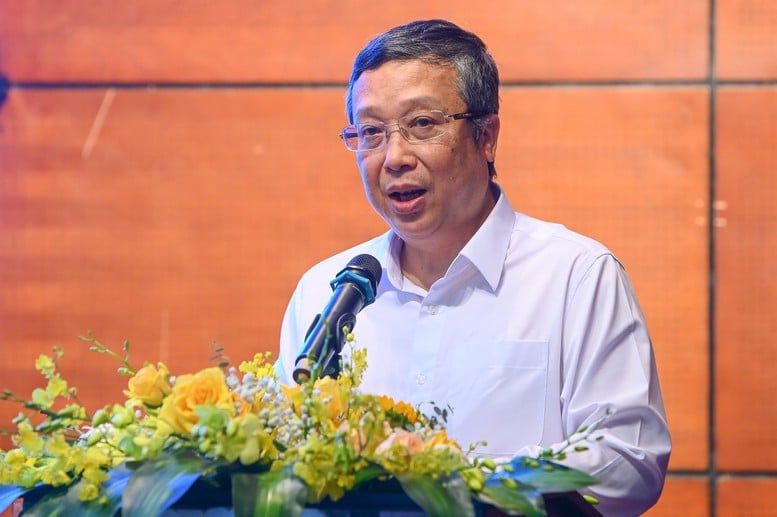
Deputy Minister of Agriculture and Environment Hoang Trung - Photo: VGP/Do Huong
Today (October 22), the Ministry of Agriculture and Environment held a conference to announce the Project "Emission reduction production in the crop sector for the period 2025-2035, with a vision to 2050", and to consult on the draft Action Plan to implement the Project.
The event attracted the participation of units under the Ministry, along with international organizations such as FAO, World Bank, GIZ, UNDP, business representatives, industry associations and research institutes — demonstrating multi-stakeholder cooperation in the green agricultural transformation process in Vietnam.
Emission reduction associated with green growth
According to Deputy Minister of Agriculture and Environment Hoang Trung, the issuance of the Project is a timely step in the context of the crop cultivation industry being strongly impacted by climate change and pressure from international integration.
"The central goal is to ensure both productivity and production value growth and reduce greenhouse gas emissions, moving towards green, circular and low-emission agriculture," Deputy Minister Hoang Trung emphasized.
The project sets out 6 key tasks: Restructuring crops to suit ecological conditions and market demand; Applying technical packages to reduce emissions along the value chain; Completing the MRV system (measurement, reporting, verification) to serve greenhouse gas inventory; Deploying good practice production models and replicating them; Building a carbon credit mechanism, attracting investment and encouraging businesses and cooperatives to participate; Training human resources to meet new requirements for low-emission agriculture.
Mr. Huynh Tan Dat - Director of the Department of Crop Production and Plant Protection, said: "The project is an important legal basis for the crop production and plant protection industry to synchronously deploy goals and tasks in the period 2025-2030, with a vision to 2050".
Regarding the objectives of the Project, by 2050, 100% of the area of key crops will apply technical farming processes towards reducing emissions. In addition, a digital database on emissions in cultivation will be built, integrated with the national monitoring system; and the "Low Emission" label will be developed and popularized for key agricultural products.
"The crop cultivation industry aims to contribute to reducing greenhouse gas emissions by at least 15% by 2035 compared to the baseline year 2020," Director Huynh Tan Dat affirmed.
At the local level, each province and city will deploy at least 1-2 replicable emission-reducing crop production models, piloting at least 15 farming models that are eligible to develop carbon credits. The emission data system will be synchronized with the National Registration System.
The sector will train at least 3,000 technical staff, agricultural extension officers, farmers and businesses; develop at least 5 sets of communication documents to raise awareness, change production behavior towards low emissions, and train over 3,000 staff, farmers and businesses nationwide.
According to Dr. Nguyen Thi Thanh Thuy, representative of the Vietnam Rice Industry Association, to achieve the target of reducing emissions by 15% by 2035, the components of the Project need to be clearly quantified.
She proposed integrating the Project implementation with the Sustainable Development Program "One million hectares of high-quality, low-emission rice" in the Mekong Delta, to create spillover and synchronization of resources.
From practical implementation, Mr. Le Chi Thien, Deputy Director of the Department of Agriculture and Environment of Dong Thap province, said that the locality has implemented 21 models of high-quality rice production to reduce emissions, helping to save 20-30% of irrigation water, reduce production costs by 15% and significantly cut methane emissions.
However, replication still faces many difficulties due to lack of resources, lack of incentive mechanisms for business investment, lack of green credit policies and specific technical instructions for each type of crop.
Dong Thap proposed that the Ministry soon issue a mechanism to prioritize capital, standard technical processes, build a soil-water monitoring system to serve precision farming, and pilot carbon credits in agriculture.
According to the Draft Action Plan accompanying the Project, there will be 31 specific groups of tasks deployed synchronously from central to local levels, including surveying the current status of emissions and developing appropriate plans for each ecological and social region.
This will be an important foundation towards carbon neutrality in farming by mid-century.
The project is expected to not only contribute to reducing emissions, but also expand market opportunities for Vietnamese agricultural products. Products with carbon traceability and low-emission certification will easily access high-end markets such as the EU, Japan, and North America – where prices can be 10–25% higher than conventional products.
According to calculations, if implemented effectively, the solutions in the Project can help reduce 8–11 million tons of CO₂ equivalent per year, while improving soil fertility, limiting by-product burning, increasing income and sustainable livelihoods for farmers, especially women and young workers in rural areas.
Do Huong
Source: https://baochinhphu.vn/cong-bo-de-an-xanh-hoa-linh-vuc-trong-trot-ky-vong-giam-phat-thai-15-den-nam-2035-10225102216115508.htm










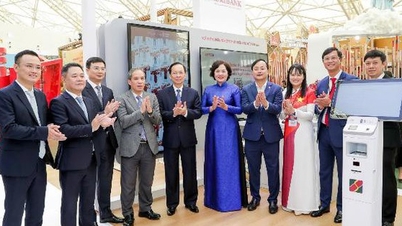
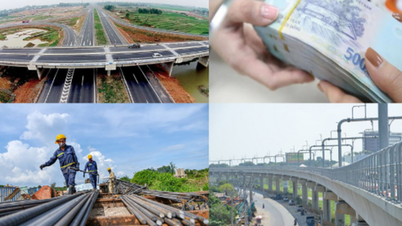
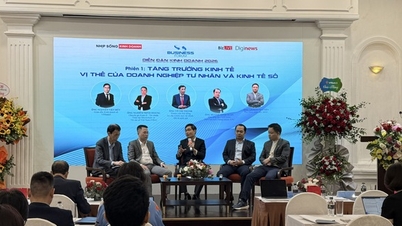






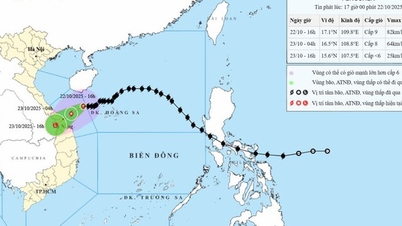
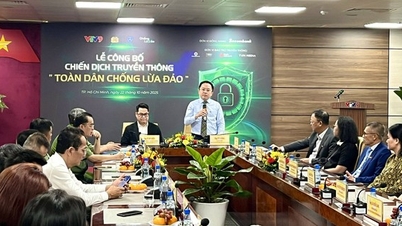
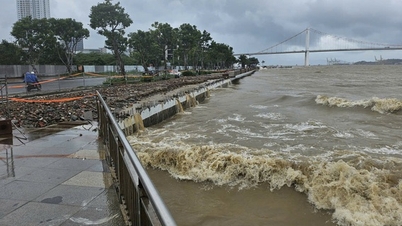
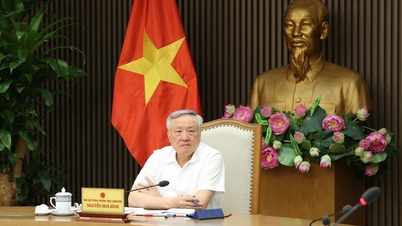
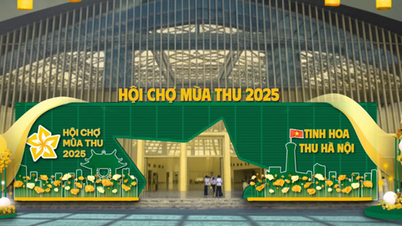
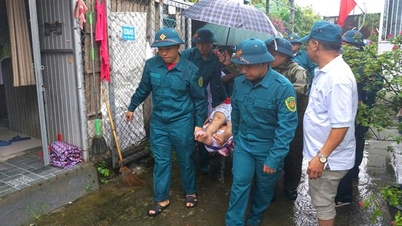









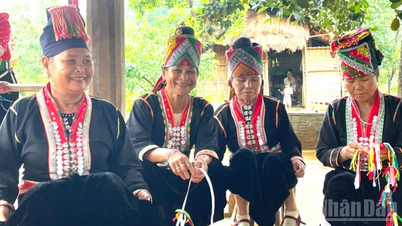









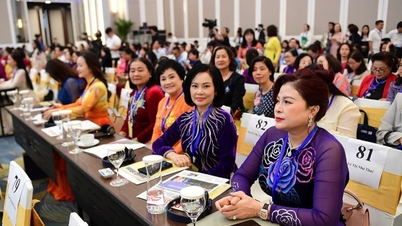



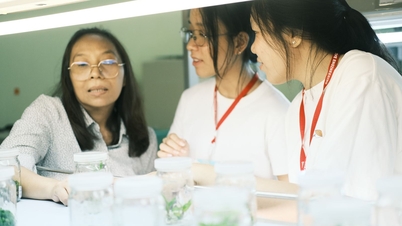
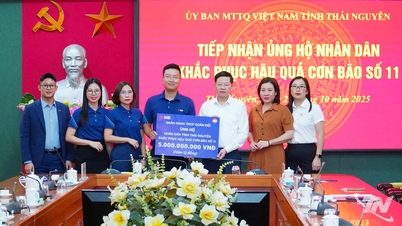

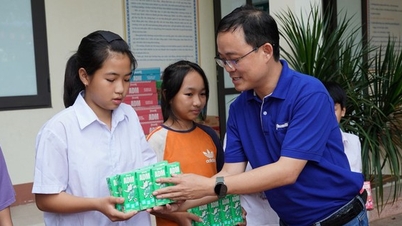
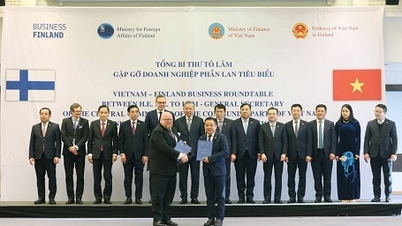













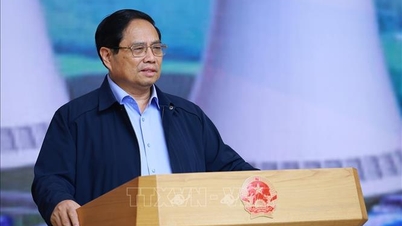






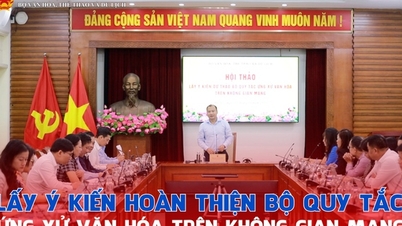
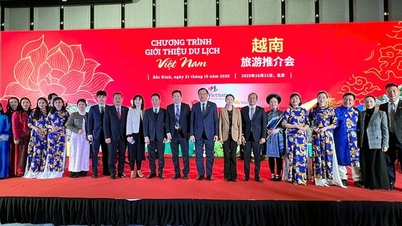
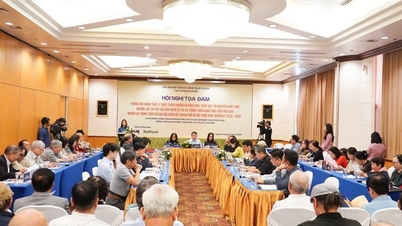
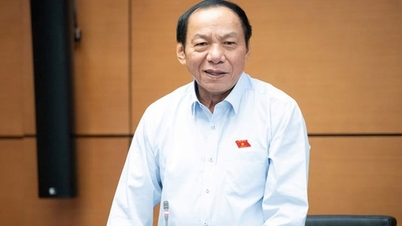
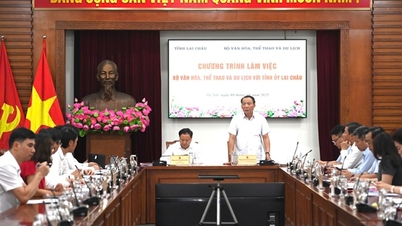
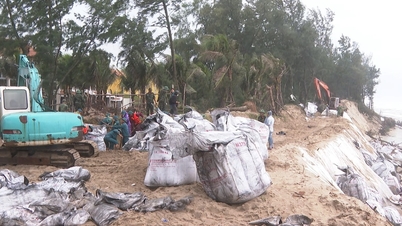

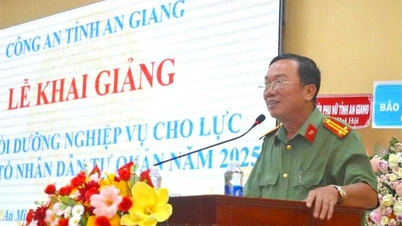

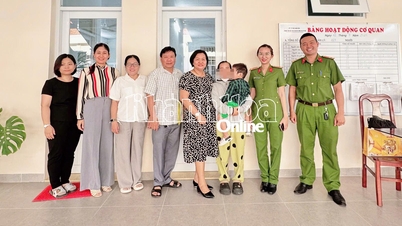

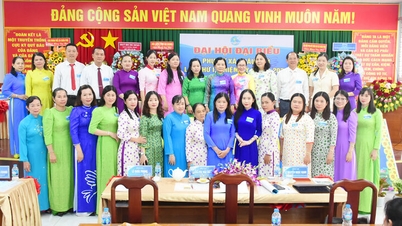
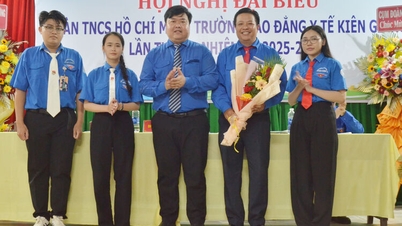
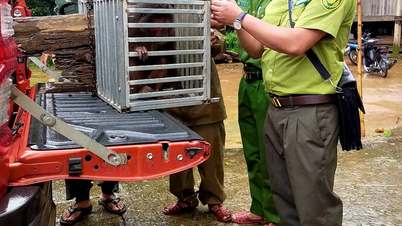















Comment (0)